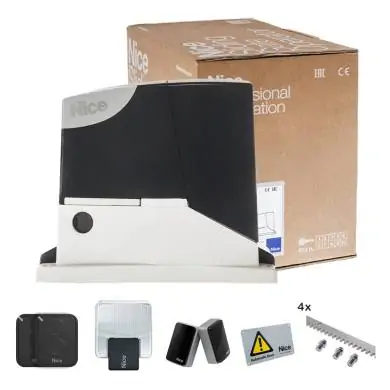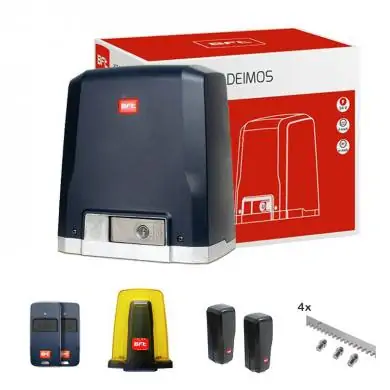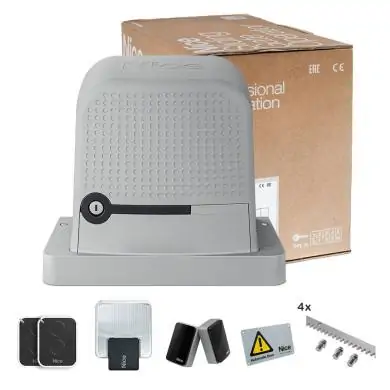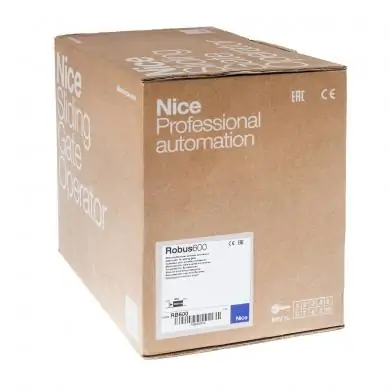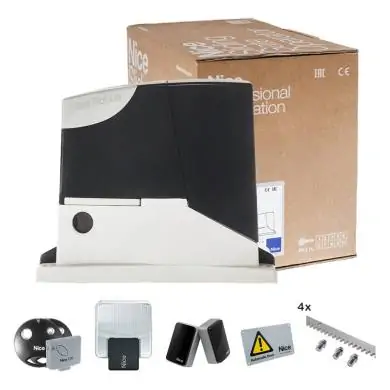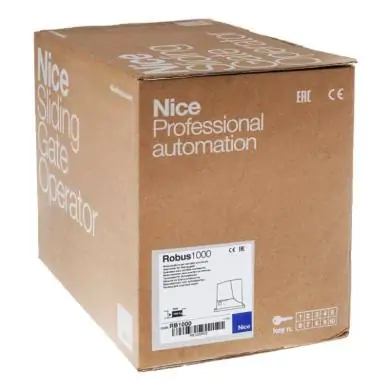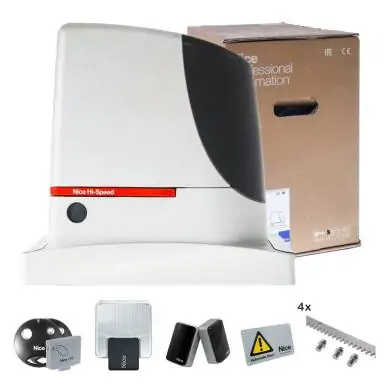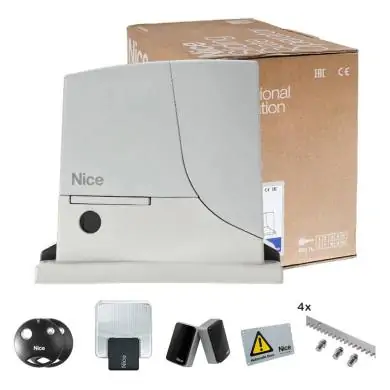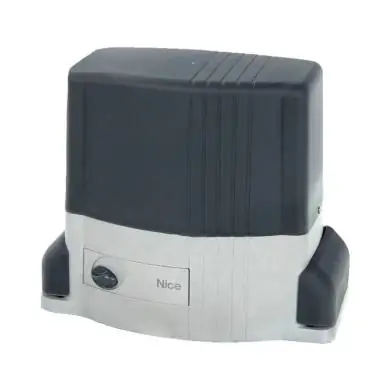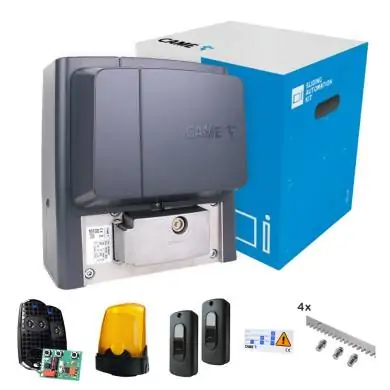

- KARGO BEDAVA
Electric Gates
Sliding gate motors, swing gate motors and garage door motors are types of electric gate systems used to open and close different types of doors or gates.
Sliding gate motors: These motors are specifically designed for opening and closing sliding doors. They use a rack and pinion gear system to move the door along a track. Typically used in residential and commercial environments, they are available in AC or DC current-operated models depending on the intensity of these areas. The installation process is the easiest model compared to other types of motors.
In addition to the rack and pinion style of operation, inexpensive and Chinese-made chain models are also available. Although these seem to be more affordable and advantageous with easy installation, they have a much shorter life and inefficient operating style.
Swing gate motors: These motors are designed to open and close swing doors, which are doors that hang on hinges and open in a circular motion like a conventional door. Swing door motors are typically more powerful than sliding door motors as they need to move the door from a position close to the hinge on a smaller gear. They come in both single and double leaf options. Like sliding door motors, they can be powered by AC or DC. We can rate the installation process as medium difficulty.
Garage door motors: These motors are designed to open and close garage doors, which can be sectional or roller type doors. There are models that work with the help of chains and metal rails. Unlike the others, they need to lift the door upwards. They can be operated with AC or DC according to the need. It is the most difficult product group to install among electric doors.
Each type of motor is designed for special use and has different power requirements, safety features and installation method, so it is very important to choose the right motor for the specific application.
Getting help from an expert for electric door installation often prevents many costs and low performance and offers a long-lasting system.

